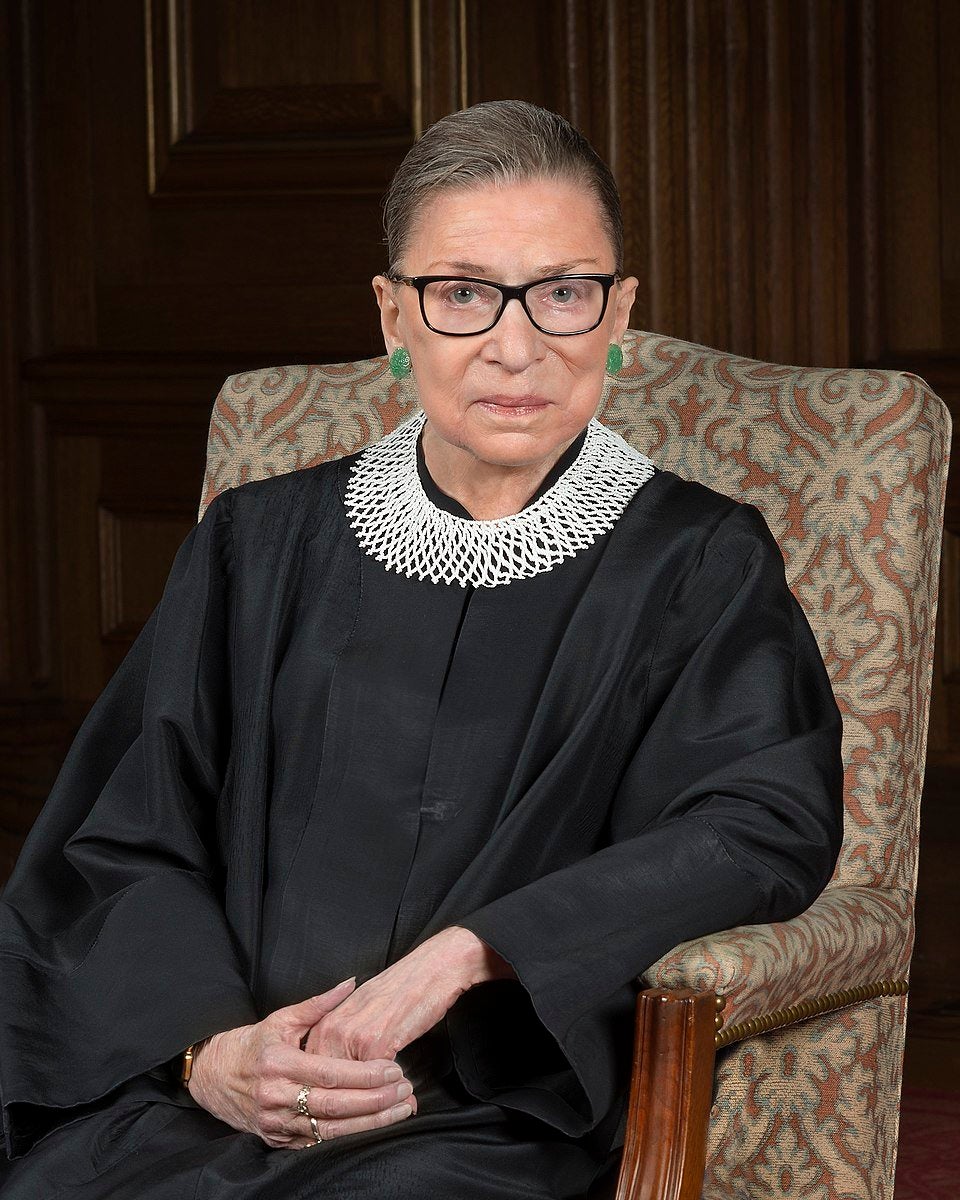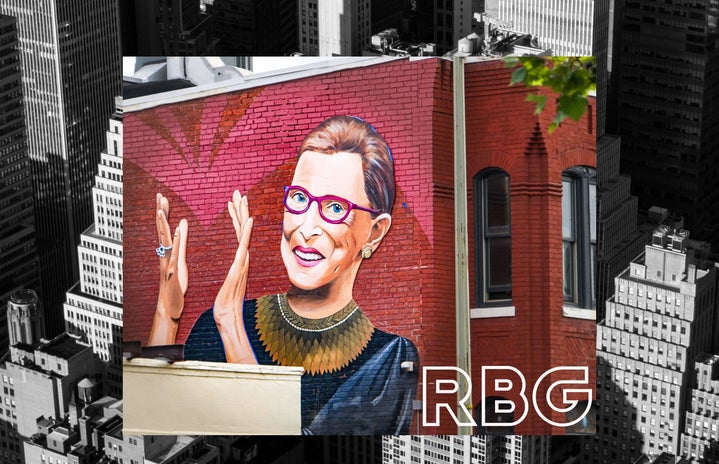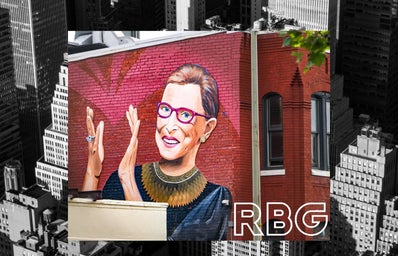Ruth Bader Ginsburg has been one of the most influential women in the United States legal system since the 1970s. Joan Ruth Bader was born during the height of the Great Depression to Jewish immigrants on March 15, 1933. She lived in a working-class neighborhood in Brooklyn, New York. After high school, she attended Cornell and graduated with a bachelor’s degree in 1954. While this is an achievement on its own, she received high honors in all of her classes. The same year she married a man named Martian D. Ginsburg. After Cornell, Ginsburg attended Harvard Law School where she was one of nine women in a class of 500. She studied there for three years before transferring Columbia in 1959, where she again, graduated at the top of her class.
After graduating, Ginsburg had a hard time finding a job for multiple reasons. She was a woman, Jewish, and a mother. She got her first job as a law clerk for a Judge in Southern New York. In 1963, she was hired by Rutgers University as a Professor at Law. On top of teaching, Ginsburg started working with the American Civil Liberties Union (ACLU), where she helped establish the Women’s Rights Project. In 1973, she returned to Columbia to continue teaching. To add to her list of accomplishments, she became the first woman to be a tenured professor at the university. All while still serving on the ACLU’s counsel.
During her time teaching, she fought many cases on the basis of gender inequality. She represented a total of six cases before the Supreme Court. Her first appearance was in 1971 presenting the case was Reed v. Reed. Ginsburg argued that women deserve equal rights in the inheritance of their children’s estate which then opened a door for women to manage their own money and property. She won. It was the first time that the Supreme Court ruled based on gender discrimination but it didn’t stop there. In 1972, Struck v. the Secretary of Defense which argued for women’s reproductive rights and those rights applied in the military. By the end of the seventies, Ginsburg had five wins under her belt.

Ginsburg’s appointments began with President Jimmy Carter. In 1980, Ginsburg was appointed into the United States Court of Appeals for the District Columbia circuit. She served the Court of Appeals for thirteen years before a monumental shift in her workplace and her career. In 1993, Supreme Court Justice Byron R. White retired from his seat on the Supreme Court. Former President Bill Clinton nominated Ruth Bader Ginsburg for the Supreme Court. Ginsburg took her seat on the Supreme Court on August 10, 1993. She was the second woman and the first Jewish woman to ever serve for the Supreme Court. During her time, Ginsburg continued to fight for equality. This time it was by supporting the Obergefell v Hodges case. This was the 2015 case that made it legal in all fifty states for same-sex couples to get married. Ruth Bader Ginsburg was a voice for many women and fought on with the stance of gender equality. On September 18, 2020, Ruth Bader Ginsburg lost her battle to pancreatic cancer. Many women’s rights activists have coined the nickname ‘Notorious RBG’. She leaves behind a legacy of gender equality by breaking every barrier put in front of her.

There are many pivotal moments and positive changes to society that we will continue to remember RBG for after all that she has accomplished for women and the LGBTQ community while during her time on the Supreme Court. This brief overview of RBG’s life and her contributions remind us that there is so much to be remembered of this role model and the impact she has made in American history.
Sources:
https://www.aclu.org/other/tribute-legacy-ruth-bader-ginsburg-and-wrp-staff
https://www.biography.com/law-figure/ruth-bader-ginsburg
https://www.history.com/topics/womens-history/ruth-bader-ginsburg


